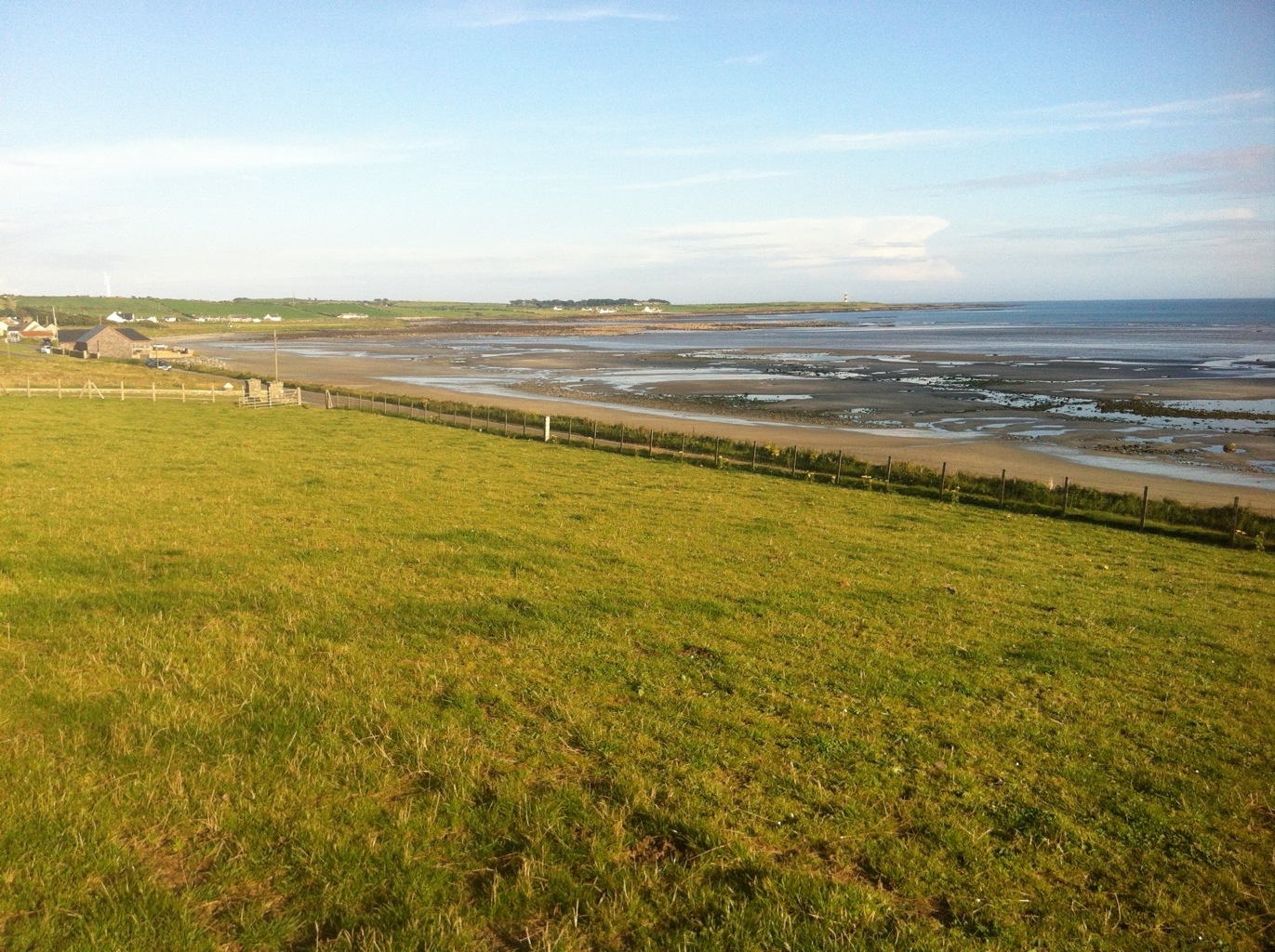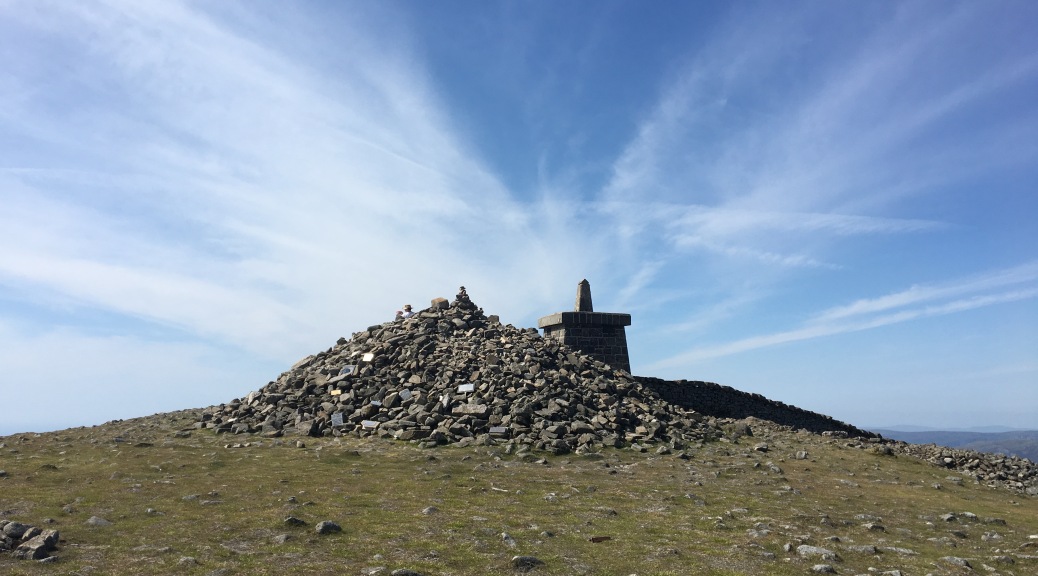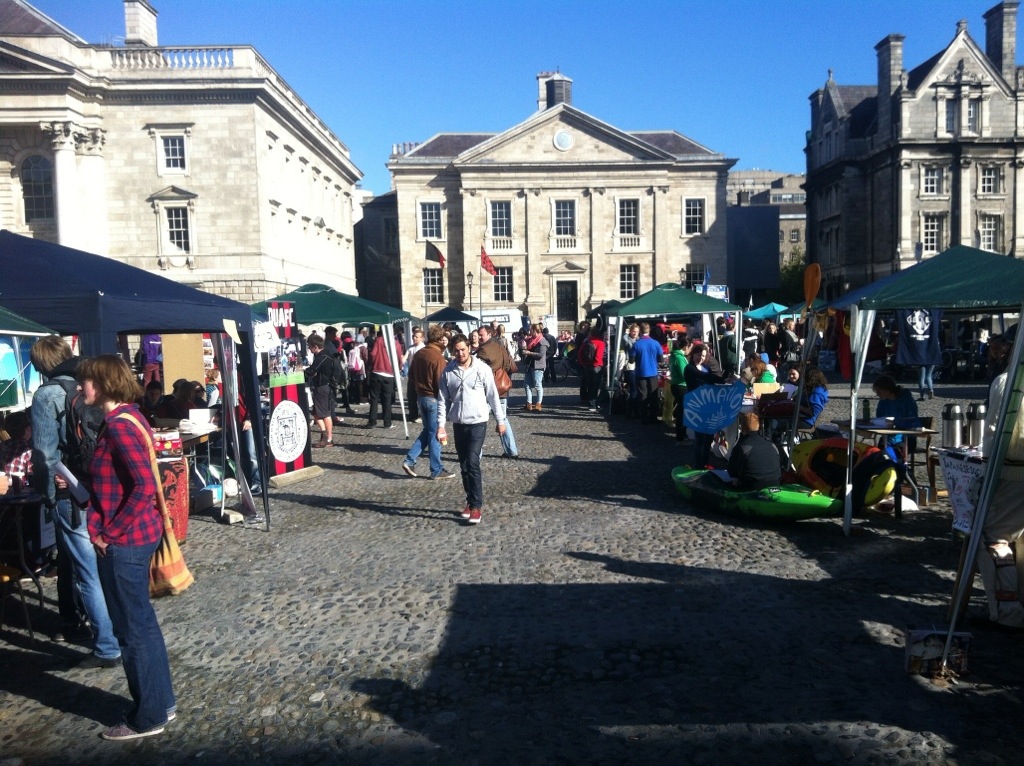
Nothing to do with books, just a visual representation of my state of mind.
In the absence of anything resembling a summer, it was no hardship to retreat into a few good books (and at least one not so good). Wholly fiction this time out, if with a hint of history in some of the pieces reviewed. Plus, my first review of a graphic novel and a stand-out piece at that.
The Betrayal, Helen Dunmore: In the years after World War II, a Leningrad doctor and his family find themselves caught up in the politics of paranoia and fear, where the desire to be a good human being comes into conflict with the need to protect oneself and those one cares about. Deeply researched, this is a very human story taking place in a world that feels entirely genuine, from the daily lives of those surviving in the last days of Stalin’s reign to the constant fear of the political apparatus that surrounds them and crushes those that come to its notice. It never hits the heights of drama, but that’s not really the point: this is a human story of endurance and patience, one in which the small victory of surviving is enough to overcome the terror of being mangled by the machinery of an oppressive state.
Seven Days in New Crete, Robert Graves: Cast into a future utopia founded on Goddess worship and occult social control, a poet finds himself the catalyst for the introduction of evil as a force for change. Writing in the wake of WWII, from the perspective of a veteran of WWI, Graves is clinical as he cuts into the notion of how ensuring the best of all possible worlds can’t account for the imperfections and the desires of the human heart. His vision of a future grown stagnant in its peaceful compacency is a chilly one, even as it builds towards a frenzied climax, but it’s the voice of the observer who comes to understand the world he finds himself in even as he begins the process of its disintegration that makes this worth reading.
A Visit from the Goon Squad, Jennifer Egan: Charting a spiral course through the lives of an interconnected group of characters, Egan’s novel constucts a web-like frame on which she hangs the struggles of those characters to connect, comprehend and survive everything that life throws at them, as well as their decisions to maintain their masks or reveal their fragile selves. That unusual structure provides much of the life for this novel, which paints its characters in humour and desperation as they strut their brief moments on the stage before stepping into the background of someone else’s tale. It’s an easy book to become attached to, and it’s over all too soon.
Surface Detail, Iain M. Banks: Returning to the Culture, his galactic society of hyper-intelligent AIs and adventurous and occasionally lost humans and aliens, for a tale of war, revenge and heaven and hell, Banks proves himself in fine, if somewhat light, form. The central conceit of artificially constructed hells and a war fought over the moral right to destroy them interweaves with a woman seeking revenge for her own murder, but this is a romp with disturbing overtones rather than an exploration of deeper themes. Tinged with more Adamsian touches than usual, particularly in the form of a warship AI absurdly delighted at the opportunity to exercise his gifts, but this is a fine addition to the series of Culture novels in its own right, albeit one where the whimsy occludes the admittedly heavy subject matter.
Criminal: The Deluxe Edition, Ed Brubaker and Sean Phillips: Brubaker and Phillips are one of the finest writer-artist teams in comics, and this beautifully presented collection of three interwoven tales of betrayal and secrets among the criminal fraternity is a fantastic introduction to their oeuvre. Damned by their own pasts, the protagonists of the three tales may be the most moral of the characters inhabiting their shared world, but that’s a relative term, and the world of the lawless that they inhabit is one where no-one has clean hands and the spark of hope is always at risk of being snuffed out by someone more brutal or better prepared to step beyond the bounds of the unthinkable. Phillips’ scratchy, yet solid, art perfectly matches Brubaker’s terse dialogue and descriptive narration, and together they create a world of dark corners and filthy alleys that’s impossible not to get sucked into.
Mythago Wood, Robert Holdstock: Delving back deeper than Tolkienian fantasy, Holdstock works with the clay of primal mythmaking as he crafts a tale of a family whose encounters with the last vestiges of chilly antiquity change them utterly. Steeped in British folklore and spanning the human imagination from the last ice age to the second world war, this is a story in which the very human emotions of love and loss are rooted in and sometimes overwhelmed by the unconscious need to craft stories out of the world that surrounds us. Deservedly a modern classic of the fantasy genre, it’s a fascinating read, dominated by the stunning creation of the myth-infused world that lies within a single scrap of primeval woodland.
The Bone Hunters, Tom Holland: When one of your leading characters is a “naive but wilful heiress,” you know that you’re in for a traditional romance, for all that the setting is the Bone Wars between palaeontologists in 19th century U.S., amid the blood and recrimination of the Indian Wars. So it proves to be, though that’s a far less important sin for this book than the kludgy language and the choice of the author to mark every encounter and glance between two characters with at least three paragraphs of insight, flashback and emotional resonance. There’s an interesting story here, one with historical resonance and clever use of its setting, but it’s buried very, very deeply by the language and syntax, and I’m still not altogether sure it was worth unearthing it.










